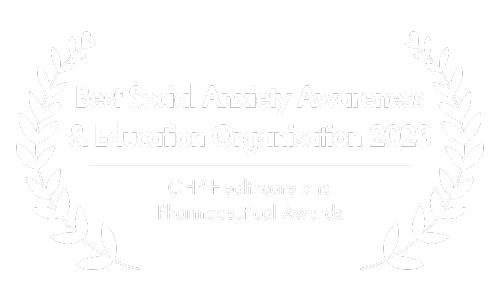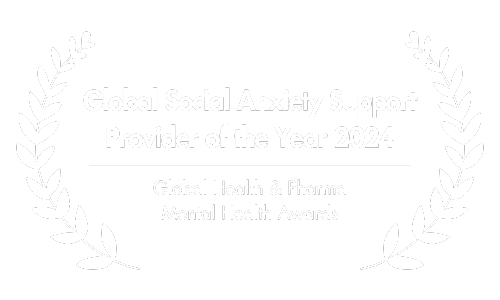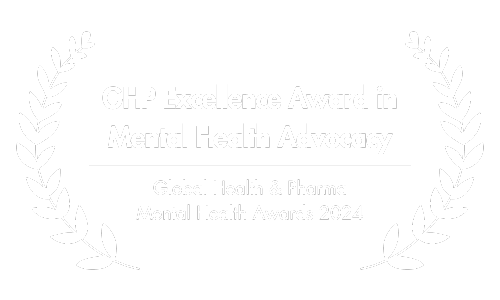Schema Therapy for Social Anxiety: A Comprehensive Guide
This article includes recommendations for two books & an online therapy provider that help with social anxiety. If you purchase product services through our links, you may receive a significant discount and we will receive a commission.
Social anxiety, often characterized by an intense fear of social situations and a persistent worry about being judged or scrutinized by others, can be debilitating.
It can hinder one’s ability to engage in everyday activities, form meaningful relationships, and even pursue career opportunities.

For many, it’s not just about feeling shy or nervous before a public speech; it’s a constant battle with overwhelming anxiety in everyday social interactions.
In the quest to find effective treatments for social anxiety, one therapeutic approach has been gaining attention: Schema Therapy.
Rooted in cognitive behavioral therapy, schema therapy delves deeper into longstanding patterns of thinking and behavior, aiming to address the root causes of disorders like social anxiety.
It doesn’t just treat the symptoms; it seeks to understand and modify the underlying schemas – or patterns of thought and behavior – that perpetuate the anxiety.

This guide aims to provide an in-depth look at schema therapy, its effectiveness in treating social anxiety, and how it can offer a transformative path for those seeking relief from their insecurity in social situations.
Whether you’re someone struggling with social anxiety or a loved one seeking information, this guide will offer insights into how schema therapy can be a beacon of hope.
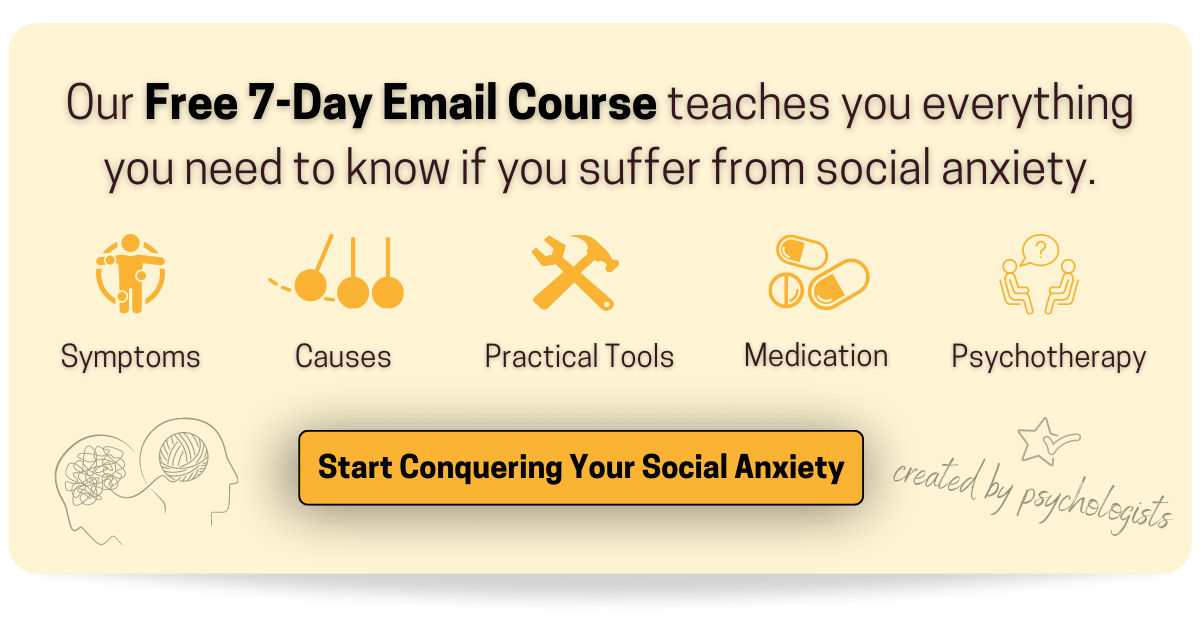
A. Understanding Schema Therapy
Schema therapy, at its core, is an integrative therapeutic approach that combines elements from cognitive behavioral therapy, psychoanalytic object relations theory, and attachment theory.
It was developed to address longstanding emotional issues and patterns of behavior that other forms of therapy might not fully resolve.
What are Schemas?
Schemas are deeply ingrained patterns of thinking, feeling, and behaving that we develop early in life.
They are shaped by our experiences, especially during childhood, and influence how we perceive ourselves, others, and the world around us.

For instance, if someone grew up in an environment where they were constantly criticized, they might develop a schema that they are not good enough, leading them to feel anxious in social situations where they believe they’ll be judged.
Maladaptive Schema Modes in Social Anxiety
In the context of social anxiety, certain schema modes (or specific states that an individual can shift into) become particularly relevant. For instance:
- Vulnerable Child Mode: This mode captures feelings of isolation, abandonment, and inadequacy. An individual in this mode might feel extremely sensitive to potential criticism or rejection in social situations (Norton et al., 2023).
- Punitive Critic Mode: This is the internal voice that criticizes and punishes. It’s the voice that says, “You’re going to embarrass yourself” or “People will think you’re weird.” It amplifies feelings of shame and fear in social contexts.
These modes can be triggered by everyday situations, making social interactions a source of distress for those with social anxiety.
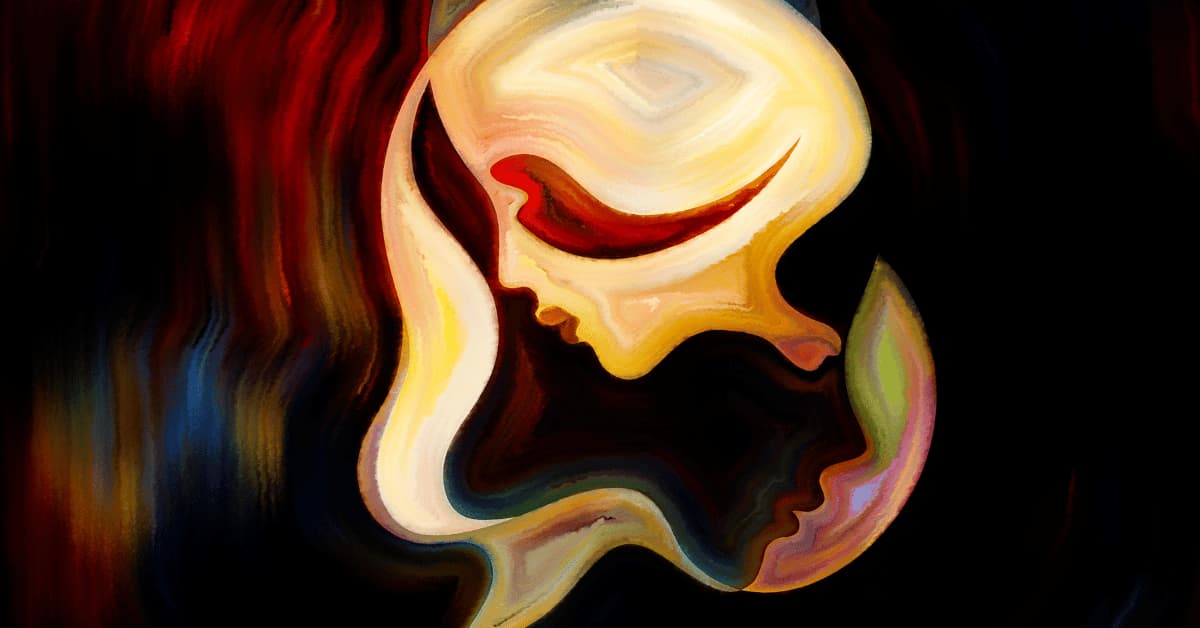
Why Schema Therapy?
What sets schema therapy apart is its focus on understanding and addressing these deep-rooted schemas and modes.
Instead of just managing the symptoms of social anxiety, schema therapy aims to modify the underlying patterns that fuel the anxiety.
By doing so, it offers a more holistic approach to healing, helping individuals not only cope with their fears but also fundamentally change the way they perceive and interact with the world.

B. Effectiveness of Schema Therapy for Social Anxiety
The journey to find the most effective therapeutic approach for social anxiety is ongoing.
However, recent research has highlighted the potential of schema therapy in addressing the intricate layers of this condition.
Research Insights
- A study by Peeters et al. in 2022 revealed that schema therapy shows promise in treating social anxiety. The research highlighted significant improvements in disorder-specific symptoms and maladaptive schemas. This underscores the therapy’s potential to address the complexities of social anxiety, going beyond surface-level symptoms to tackle the deep-rooted patterns that perpetuate the condition.
- Baljé et al.’s 2016 research emphasized the role of schema therapy in a group setting. Group therapy can be particularly beneficial for social anxiety, as it provides a safe environment for individuals to confront and work through their fears in real-time, with the support of peers and a therapist.
- The innovative approach of combining schema therapy with exposure and response prevention has also shown promise, especially for non-responsive patients with chronic anxiety and comorbid personality disorder (Peeters, Stappenbelt, et al., 2021). This combination offers a comprehensive treatment strategy, addressing both the immediate symptoms and the underlying schemas.
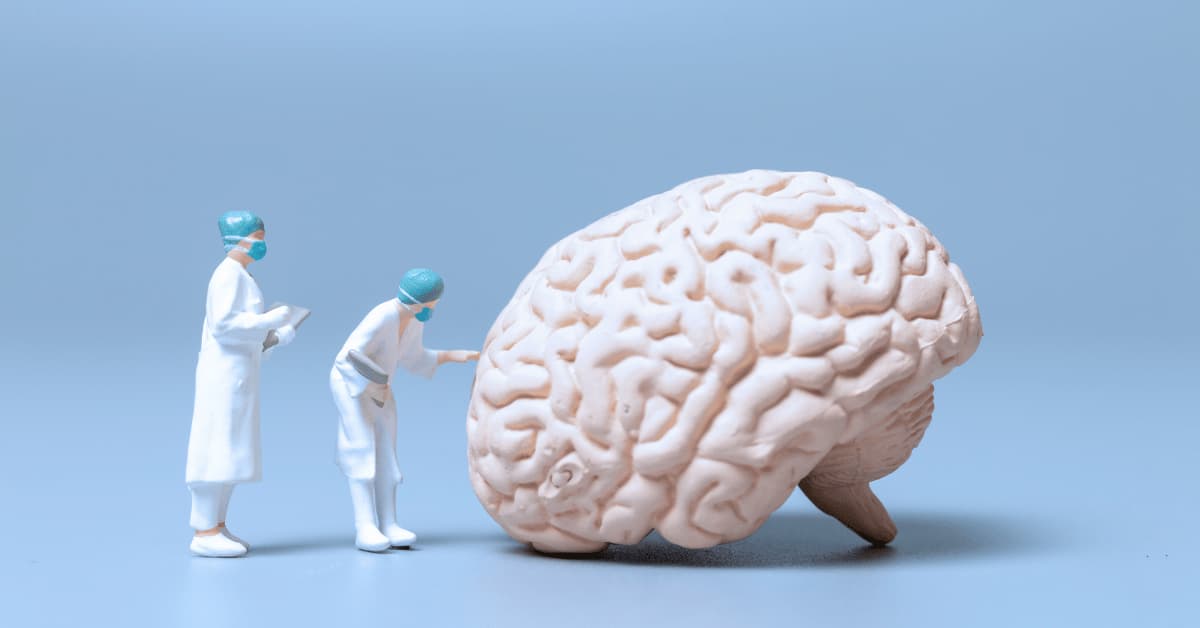
Why is Schema Therapy Effective?
The effectiveness of schema therapy can be attributed to its comprehensive approach. By focusing on the root causes – the maladaptive schemas – it offers a deeper level of healing.
The therapy doesn’t just provide coping mechanisms; it aims to change the very patterns of thought and behavior that lead to anxiety.
Furthermore, the empathetic and supportive therapeutic relationship fostered in schema therapy plays a crucial role.
The therapist works closely with the individual, helping them recognize, challenge, and modify their schemas.
This collaborative approach empowers individuals, giving them the tools and understanding to navigate social situations with increased confidence and reduced anxiety.

C. How Schema Therapy Addresses Social Anxiety
Understanding the mechanics of schema therapy provides clarity on how it can be a transformative approach for those grappling with social anxiety. Here’s a breakdown of the process:
Identifying Maladaptive Schemas
The first step in schema therapy is identifying the maladaptive schemas that are at play.
These schemas, often formed in childhood, become the lens through which individuals perceive social situations.
For instance, someone with a strong “defectiveness” schema might believe they are fundamentally flawed and, therefore, anticipate rejection in social settings.

Challenging and Modifying Schemas
Once these schemas are identified, the therapist works with the individual to challenge and modify them. This involves:
- Cognitive Techniques: These help individuals recognize and challenge the distorted beliefs associated with their schemas. For example, questioning the belief that “everyone is judging me” in a social setting. (You can click here to read our article on CBT which dives into this further).
- Experiential Techniques: These are powerful exercises that allow individuals to re-experience past traumas or painful memories in a safe environment. The goal is to process these emotions and create corrective emotional experiences.
- Behavioral Techniques: These involve taking real-world actions to challenge and change maladaptive behaviors. For instance, someone might be encouraged to initiate a conversation at a social event, gradually confronting and reducing their fear.

Incorporating Exposure and Response Prevention
As already mentioned, for those with chronic anxiety, integrating exposure and response prevention with schema therapy can be particularly effective (Peeters, Stappenbelt, et al., 2021).
This involves gradually exposing individuals to feared situations (exposure) without allowing them to engage in their usual avoidance behaviors (response prevention).
Over time, this reduces the intensity of the fear response.
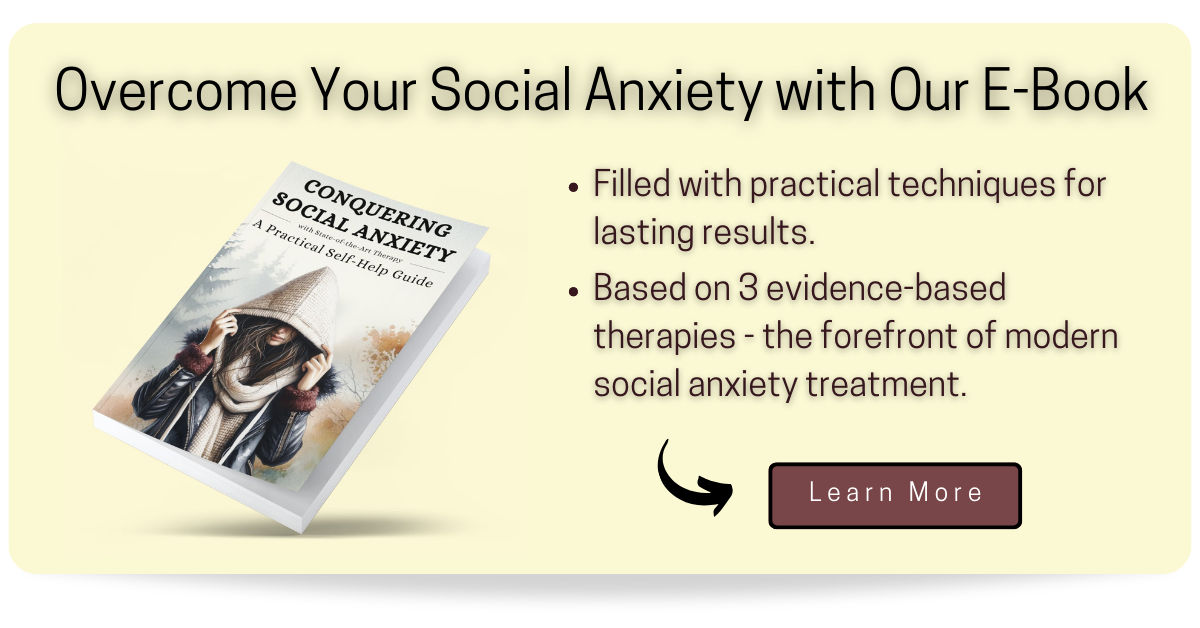
Group Schema Therapy
Group settings can be especially beneficial for social anxiety treatment. As individuals share their experiences and support one another, they often find that they are not alone in their fears.
This collective environment can accelerate the process of challenging and changing maladaptive schemas (Baljé et al., 2016).

Addressing the Underlying Mechanisms
Research has underscored the interplay between early maladaptive schemas and automatic thoughts in adolescents with social anxiety.
By understanding how specific schemas play a pivotal role in the development and persistence of social anxiety, therapists can target these underlying mechanisms for more effective treatment outcomes (Calvete et al., 2013).

D. Practical Tips When Considering Schema Therapy
Embarking on the journey of schema therapy can be transformative, but like any therapeutic approach, it requires commitment, introspection, and active participation.
Here are some practical tips for those considering or currently undergoing schema therapy:
- Self-awareness is Key: Before diving into therapy, spend some time reflecting on recurring patterns in your life. Are there specific situations or triggers that consistently evoke anxiety? Recognizing these can provide a starting point for discussions with your therapist.
- Embrace the Process: Schema therapy can be intense, especially when addressing deep-rooted beliefs and memories. It’s essential to be patient with yourself and trust the process. Remember, healing is a journey, not a destination.
- Journaling: Keeping a journal can be a powerful tool. Documenting your feelings, triggers, and progress can provide insights into your schemas and how they manifest in daily life. It also offers a tangible way to track your progress over time.
- Open Communication: A strong therapeutic relationship is a cornerstone of schema therapy. Ensure you maintain open communication with your therapist, discussing any concerns, feelings, or apprehensions you might have.
- Practice Outside of Sessions: Therapy is just one part of the healing process. Applying what you learn in sessions to real-world situations is crucial. Challenge yourself to step outside your comfort zone, confront your fears, and practice new behaviors.
- Seek Support: While individual therapy is beneficial, consider joining support groups or group therapy sessions. Sharing experiences and learning from others can provide additional perspectives and coping strategies.
- Educate Yourself: The more you understand about schema therapy and its principles, the more empowered you’ll feel. Consider reading books or reputable online resources on the topic to deepen your knowledge.
- Prioritize Self-care: Engaging in self-care activities, whether it’s meditation, exercise, or simply spending time in nature, can complement your therapy sessions. These activities can help manage stress and provide a sense of balance.

E. Additional Resources
Navigating the world of social anxiety can be challenging, but you’re not alone.
There are numerous resources available that can provide further insights, guidance, and support. Here are some recommendations:
Schema Therapy Self-Help and Support Book
Dive into the approach of schema therapy with “Breaking Negative Thinking Patterns“. This book:
- Illuminates techniques to overcome harmful behavioral patterns using relatable case studies.
- Provides practical exercises for real-world emotional challenges.
- Includes unique illustrations and access to 20 online self-help materials.
A must-read for those seeking to transform negative thought cycles with the help of schem therapy. You can purchase the book here.
Guided Workbook for Personal Growth
For those seeking a structured approach to tackling social anxiety, “The Shyness and Social Anxiety Workbook” comes highly recommended.
This resource provides hands-on exercises and actionable strategies that can enhance and support your therapeutic journey. You can explore and obtain the workbook here.

Personalized Online Therapy Solution
In collaboration with Online-Therapy, we’re delighted to introduce a holistic therapy package designed with your unique needs in mind. Here’s what it encompasses:
- Weekly live sessions tailored to your preference: video, voice, or text.
- Unlimited therapist messaging for continuous support.
- A comprehensive 8-module CBT program, inclusive of 25 interactive worksheets.
- Daily feedback on your worksheet progress.
- A suite of supplementary resources: yoga and meditation videos, a reflective journal, an activity planner, and insightful self-assessment tests.

The platform prioritizes your comfort, allowing for seamless therapist transitions to ensure the perfect match, all within a secure and private setting.
While Online-Therapy primarily offers CBT-focused sessions, their skilled therapists are adept at identifying and addressing problematic thought patterns, drawing parallels to the foundational principles of schema therapy.
To embark on this journey, simply register under ‘individual therapy‘ and pinpoint ‘social anxiety‘ as your primary concern. This will enable you to share more about your specific challenges.
Starting at an affordable rate of $40 per week, you can enroll by clicking below and enjoy a special 20% off your inaugural month of therapy.

F. Conclusion
Social anxiety, with its intricate web of fears, apprehensions, and self-doubt, can be a formidable adversary.
But understanding its roots and the underlying schemas that fuel it can be the first step towards reclaiming one’s life.
Schema therapy, with its holistic approach, offers a promising path for those seeking to break free from the chains of social anxiety.
While the journey might be challenging, the rewards are profound. Imagine navigating social situations with confidence, free from the constant fear of judgment.

Imagine building meaningful relationships, pursuing opportunities, and living life to its fullest, unburdened by overwhelming anxiety.
The research, testimonials, and success stories all point towards the transformative power of schema therapy.
But, as with any therapeutic approach, the most crucial ingredient is the individual’s commitment and willingness to change.
If you or a loved one grapple with social anxiety, consider exploring schema therapy. With the right guidance, support, and resources, a life free from the shadows of anxiety is within reach.

If you’re eager to embark on a journey of exploration through diverse therapeutic avenues to address social anxiety, we invite you to discover our complete therapy guide by clicking right here.
Furthermore, if you’re seeking a comprehensive overview that spans therapy, medication, and self-help approaches, you’re welcome to dive into our in-depth guide available here.
In addition, we have created a comprehensive guide to pharmacotherapy for social phobia. If you are interested in medication approaches, just click here.
Still have lingering questions? Take a step toward clarity and empowerment by enrolling in our Free 7-day Email Course. We’re dedicated to being your guide on this journey of understanding and growth.

Baljé, A., Greeven, A., van Giezen, A., Korrelboom, K., Arntz, A., & Spinhoven, P. (2016). Group schema therapy versus group cognitive behavioral therapy for social anxiety disorder with comorbid avoidant personality disorder: study protocol for a randomized controlled trial. Trials, 17(1), 487. https://doi.org/10.1186/s13063-016-1605-9
Calvete, E., Orue, I., & Hankin, B. L. (2013). Early maladaptive schemas and social anxiety in adolescents: the mediating role of anxious automatic thoughts. Journal of anxiety disorders, 27(3), 278–288. https://doi.org/10.1016/j.janxdis.2013.02.011
Norton, A. R., Penney, E., & Abbott, M. J. (2023). An exploratory investigation of schema modes in social anxiety disorder: Empirical findings and case conceptualization. Journal of clinical psychology, 79(4), 1021–1038. https://doi.org/10.1002/jclp.23457
Peeters, N., Stappenbelt, S., Burk, W. J., van Passel, B., & Krans, J. (2021). Schema therapy with exposure and response prevention for the treatment of chronic anxiety with comorbid personality disorder. The British journal of clinical psychology, 60(1), 68–76. https://doi.org/10.1111/bjc.12271
Peeters, N., van Passel, B., & Krans, J. (2022). The effectiveness of schema therapy for patients with anxiety disorders, OCD, or PTSD: A systematic review and research agenda. The British journal of clinical psychology, 61(3), 579–597. https://doi.org/10.1111/bjc.12324
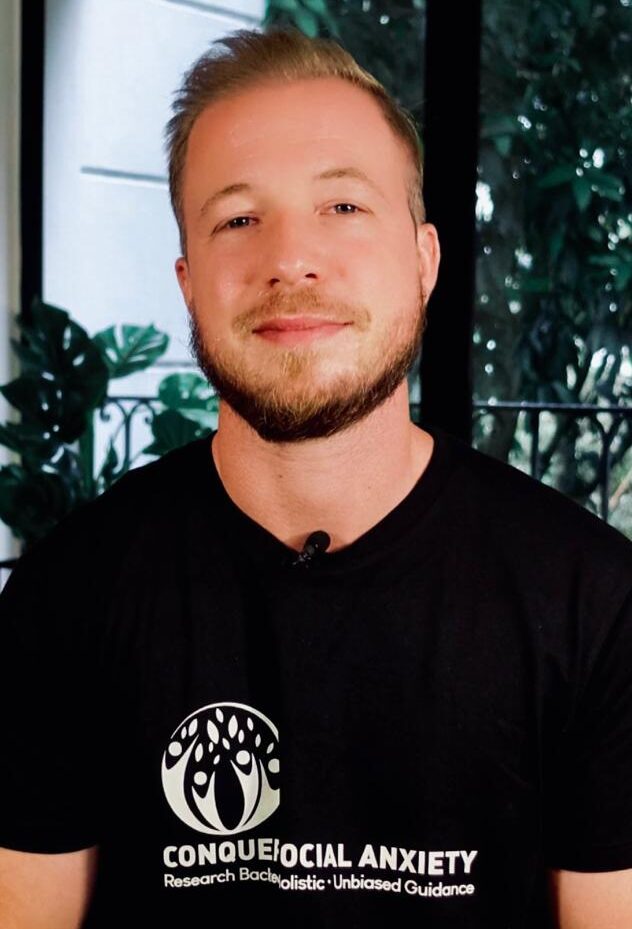
About the Author: Martin Stork
Martin is a professional psychologist with a background in physical therapy. He has organized and led various support groups for people with social anxiety in Washington, DC and Buenos Aires, Argentina. He is the founder of Conquer Social Anxiety Ltd, where he operates as a writer, therapist and director. You can click here to find out more about Martin.







